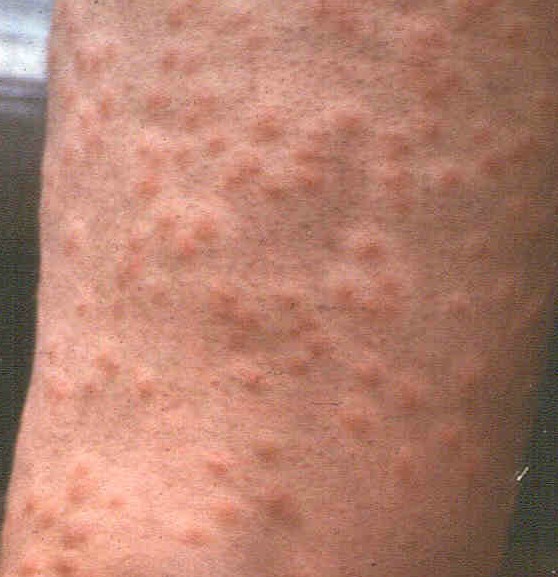


You itch after swimming in your lake or pond, maybe even develop a fever, become nauseated and spend several sleepless nights itching. Check out our new product that repels swimmers itch.
#SWIMMERS ITCH PICTURES HOW TO#
Zeichner suggests rinsing off with an outdoor shower or hose, just to get at least some chlorine off your skin.This article explains what swimmers itch is, How it gets into your lake, and how to avoid getting it while still being able to swim and enjoy the beach! Learn more about our Swimmers Itch Repellent that works 100% of the time when applied properly.
#SWIMMERS ITCH PICTURES FULL#
If you’re out of the pool but won’t be near a full shower anytime soon, Dr.
#SWIMMERS ITCH PICTURES SKIN#
He recommends using a gentle cleanser to avoid drying out the skin further, such as the Dove Sensitive Skin Nourishing Body Wash. Getting wet before you dive in can remove dirt and bacteria on your skin that can react with the chlorine, while showering right after getting out of the pool can help remove the chlorine to limit your chances of a reaction, says Gary Goldenberg, M.D., assistant clinical professor of dermatology at the Icahn School of Medicine at Mount Sinai in New York City. Shower before and after you get in the pool. Rodney, who recommends mineral sunscreens for this, says you can apply SPF as the very last step, after applying a thin layer of ointment to moisturize and create a barrier on the skin. Just don’t forget the sunscreen if you’re swimming outdoors.ĭr. “It creates a barrier that limits the contact of chlorine with your skin while you’re in the pool,” Dr. How to reduce your risk of a chlorine rash Apply a balm before you swim.Īquaphor or Vaseline are your friends here. “It’s safe yet effective at soothing your skin,” Dr. If you’re itchy, she also suggests applying an over-the-counter hydrocortisone cream (for no more than a few days) to the areas that feel uncomfortable. Then, use a gentle moisturizer, like La Roche-Posay Lipikar Balm AP+ Moisturizing Cream, right after you rinse off, she says. First, wash your body with clean water to try to remove any lingering traces of chlorine, Dr. There are a few things you can do to get relief. Hives that appear suddenly and get bigger.If your skin tends to be sensitive to chlorine, you may develop these chlorine rash symptoms, per the ACAAI: What are the symptoms of a chlorine rash? And what does it look like? While chlorine rashes can technically happen to anyone, they’re most common in people with repeated exposure to pools like active swimmers, lifeguards, and maintenance workers, says Dr. “The longer you stay in the water, the worse it gets.”įor people with sensitive skin, staying in chlorinated water for longer periods of time can lead to dermatitis, according to Dr. “This acid can open the pores, breaking down the skin’s natural oils and moisture barrier, causing dryness,” she says. Rodney, M.D., founding director of Eternal Dermatology + Aesthetics in Maryland. When chlorine is combined with water, it forms hypochlorous acid, explains board-certified dermatologist Ife J. “The same chemicals used to prevent contamination of a swimming pool can take a toll on your skin, leading to dryness, flaking, and rashes,” says Joshua Zeichner, M.D., a board-certified dermatologist in New York City. At the same time, chlorine dries out skin, and that can aggravate any other skin irritations you may have.

A chlorine rash isn’t actually an allergic reaction, but it’s a form of irritant dermatitis-kind of like a minor chemical burn-that’s caused by hypersensitivity to chlorine, the ACAAI says.


 0 kommentar(er)
0 kommentar(er)
